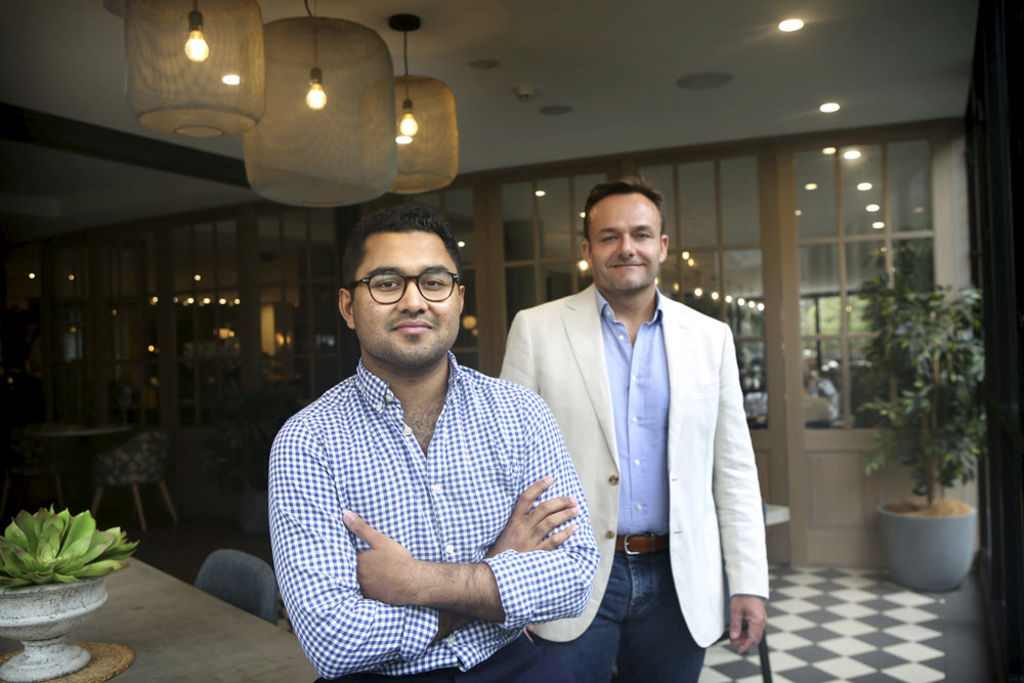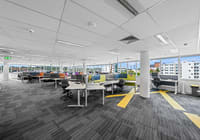
Caper Co-Living is taken over by Singapore operator Hmlet
Singapore’s largest co-living operator Hmlet has made its debut in Australia, entering the market for the first time through the takeover of local co-living operator Caper Co-Living.
Hmlet will kick off its foray into Australia with two housing projects in Sydney’s inner-west suburbs Newtown and Marrickville, previously started by Caper Co-Living.
It plans to leverage the Caper team’s local expertise – led by Chrystan Paul – and reach a target of 1000 members or co-living tenants in Australia in the next year, with expansions to Melbourne and Brisbane.
In Australia, the co-living or “mini” build-to-rent concept derives from boarding house planning provisions and offers market rental apartments in a shared communal space.
“Changing the way people live around the world is our mission at Hmlet. With the growing demand for more flexible, community-based options of living in cities like Sydney, we felt that Australia was the next natural move for us,” Hmlet chief executive co-founder Yoan Kamalski said.
“We are excited to be expanding our brand and look forward to welcoming many more people to experience Hmlet’s community in Australia.”
Hmlet – founded by Mr Kamalski and Zenos Schmickrath – is a Forbes rising Asian new business and has fully-furnished rental apartments at 15 locations in Singapore and Hong Kong.
It has a $US6.5 million ($9.08 million) Series A investment from Sequoia India, the Indian affiliate of US venture capital giant Sequoia Capital, to facilitate its expansion into new markets.
The group identified the current housing downturn as the right time to launch into Australia, as developers and investors shift their focus away from the traditional build-to-sell model and towards build-to-rent.
Australia has all the hallmarks of becoming a strong co-living market with 7 million people aged between 18 and 34 years old looking to alleviate the high costs of home ownership as well as a high number of international students.
“Following a recent tour across Australia’s major capital cities, it is clear that build-to-rent will become an important part of the Australian property market and co-living helps to drive the momentum of the burgeoning build-to-rent sector,” Mr Kamalski said.
“This adds to our conviction as to why Australia will become one of Hmlet’s largest markets, and we see ourselves becoming the preferred operating partner for developers and investors seeking to enter the co-living and build-to-rent sector.”
Its first project, in Marrickville, with rooms for 70 tenants, was completed last month through the early efforts of Caper. The 2400-square-metre property includes a garden terrace and outdoor kitchen.
The second project in Newtown on King Street will accommodate 20 tenants and will feature a co-working space and a rooftop terrace.











